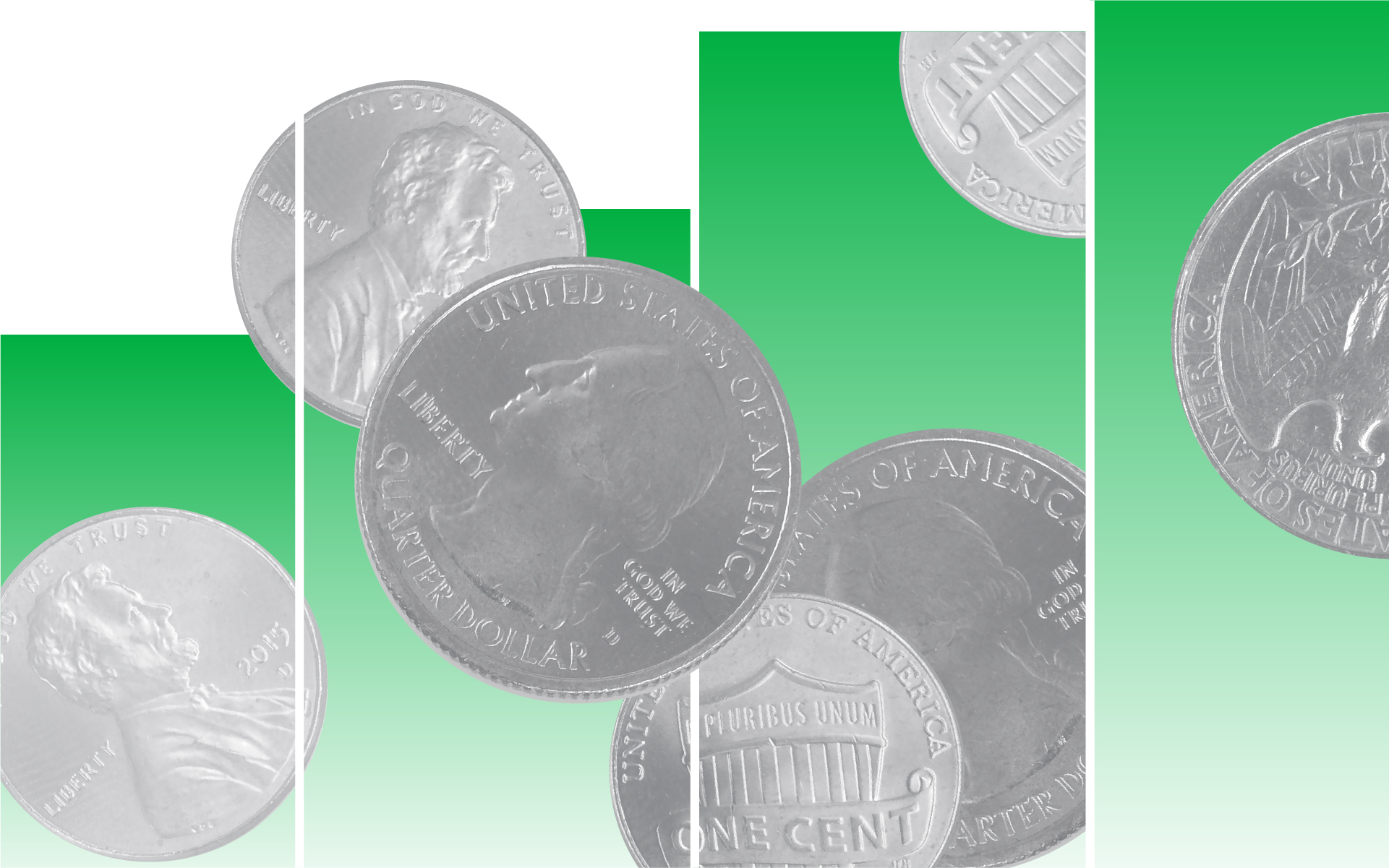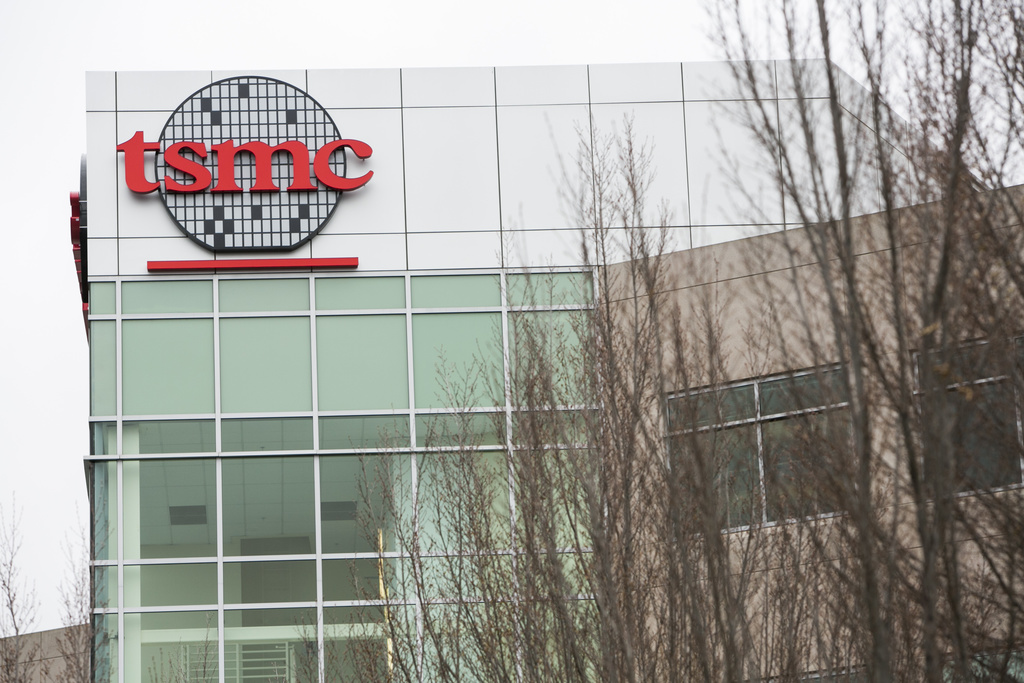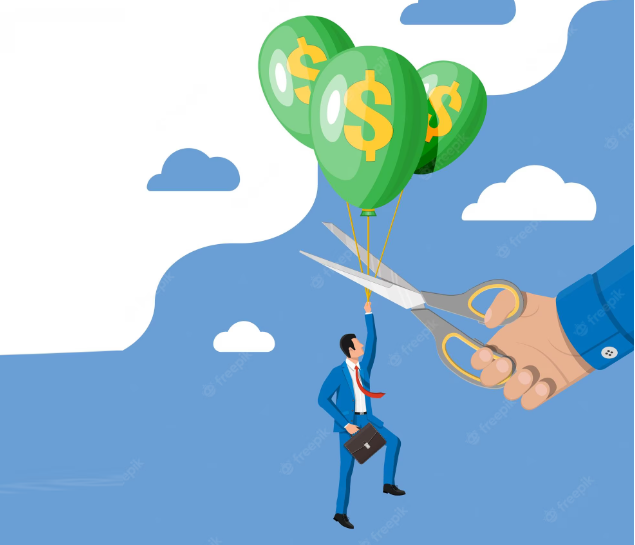
Investors seem convinced that the Federal Reserve will pause the rate hike campaign that it’s been on for over a year, removing one headwind from the stock and bond markets. But plenty remains murky about the outlook.
The chief unknown: recession. But there are also uncertainties about the course corporate earnings will take.
In this uncertain economic environment, many strategists are advising clients to invest in “high-quality” companies in addition to defensive stocks, such as consumer staples, healthcare, and utilities, that provide essential goods and services. Dividend-paying stocks are also important. There can be a lot of overlaps between these safe-haven stocks.
“Our view is the economy is headed for recession,” says Josh Jamner, investment strategy analyst at ClearBridge Investments, and he thinks investors should “tilt their portfolios to high-quality equities.”
What precisely do strategists mean by high-quality stocks?
“High cash flow companies,” says Jamner.
Stocks Stuck in a Range
You wouldn’t think the outlook is that murky when looking at the 6.9% year-to-date gain in the Morningstar US Market Index. But stocks have been stuck in a narrow trading range for months now amid a pitched battle between bulls and bears about whether the worst is over.
What’s keeping a lid on the market? Regional banks are still under pressure following three bank failures in the past few months. The banks continue to tighten lending standards, putting a damper on economic activity.
The manufacturing sector contracted for a sixth straight month in April, weighed down by higher borrowing costs and lower demand. In April, inflation inched lower to 4.9% from 5% in March and a peak of 9.1% last June, but it remains uncomfortably high and far from the Fed’s goal of 2%.
The job market is still tight, though jobless claims have ticked higher recently. At 3.4%, unemployment is still far from the Fed’s projection of 4.5% by year-end.
On top of everything else, the U.S. government is bumping against a debt cap that limits its ability to borrow, putting it at risk of defaulting on its obligations unless Congress passes an extension.
But Jason Trennert, chief investment strategist at Strategas Research Partners, argues that there are more than just short-term headwinds at play.
Trennert says stock investors have been significant beneficiaries of exceptionally low interest rates that have been in place since the 2008 financial crisis. In particular, two bouts of quantitative easing, known as QE, by the Fed helped fuel economic growth and stock returns, especially among high-growth stocks.
He says that era is over.
“Investors should steel themselves for the idea that returns are very unlikely to be at the level that they were over the past 13 years,” says Trennert.
“The Fed may be close to stopping its tightening program, but it’s not close to easing either,” he notes. “That means so much of what drove the market and the leadership of the market during QE world would be difficult to repeat. Those companies that were just going for growth, they’re not going to be able to rely on the kindness of strangers or cheap capital to grow.”
Trennert says, “What we’re telling people is that you want to focus on companies that can generate their own cash flows to grow.”
What Are High-Quality Stocks?
That means looking beyond a company’s income statement and paying attention to its cash flow statement, which provides critical details about its spending and financing activities and gives a truer snapshot of its financial health.
Companies that can consistently generate high cash flow and manage that cash wisely are well positioned to reinvest in their businesses, meet their debt obligations, return money to shareholders through share buybacks and dividends, seize growth opportunities, and survive the most difficult times.
Investors can size up how well a company is managing its cash flow by looking at what’s left after operating expenses. This figure is that company’s free cash flow. Free cash flow gives companies the latitude and flexibility to return capital to shareholders, make acquisitions, and maintain a protective buffer in a downturn.
A company’s operating performance can also be measured by looking at its free cash flow yield. This is calculated by dividing free cash flow by market capitalization. The higher the free cash flow yield, the stronger the company.
Though some of the U.S. companies generating the most operating cash flow—including Apple (AAPL), Alphabet (GOOGL), and Meta Platforms (META)—are formidable and have outperformed so far this year after a rough 2022, they don’t score as high when measuring their performance based on free cash flow yields. That suggests investors should look for safer havens.
This is just one starting point. You can also screen for companies that are increasing their dividends each year, or look at a company’s amount of leverage to cash flow.
Companies such as Broadcom (AVGO), Pfizer (PFE), and AT&T (T) are both generating high levels of operating cash and sporting high free cash flow yields.
This article originally appeared on Morningstar.com and has been slightly modified for an Asian audience.













.png)











